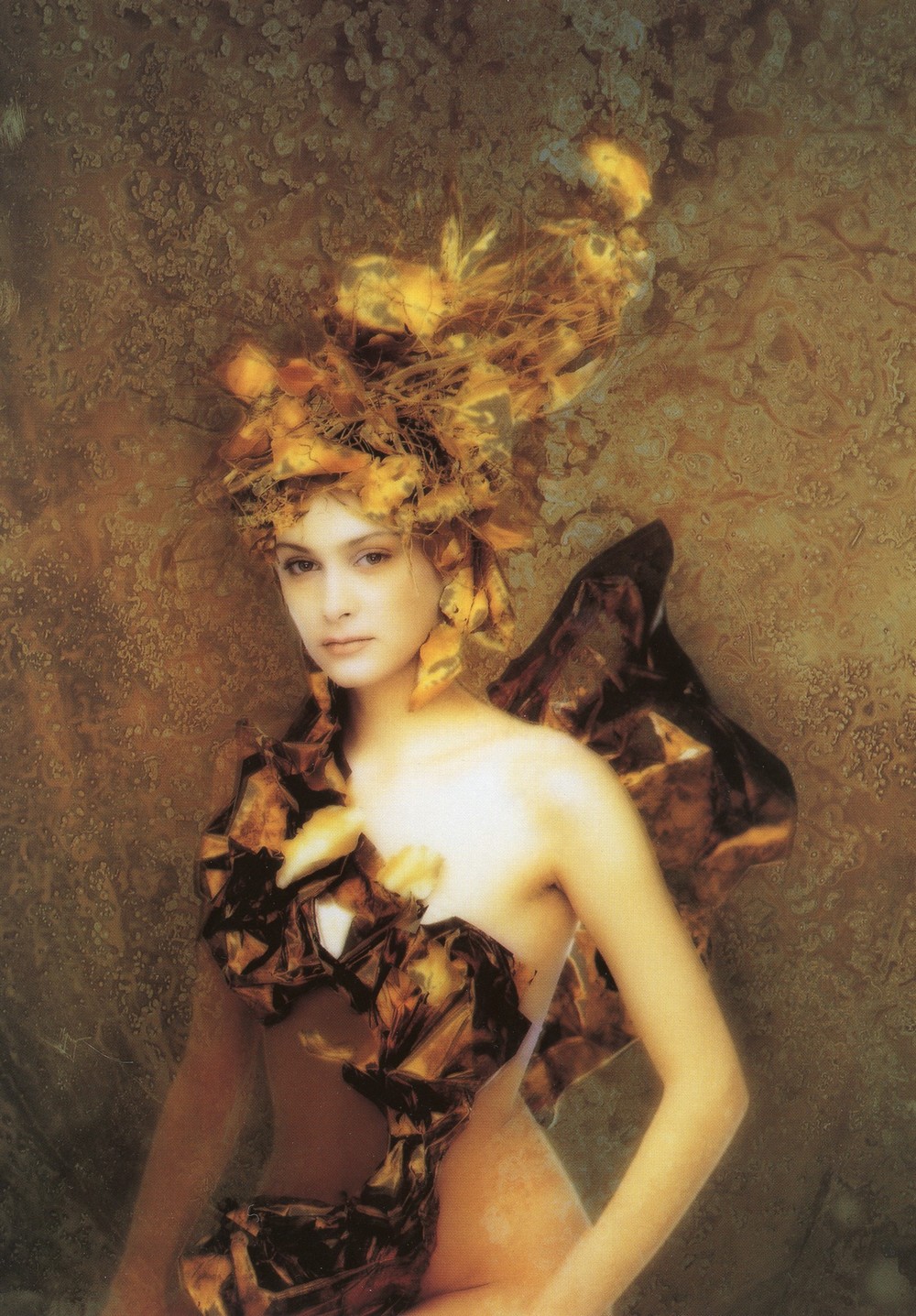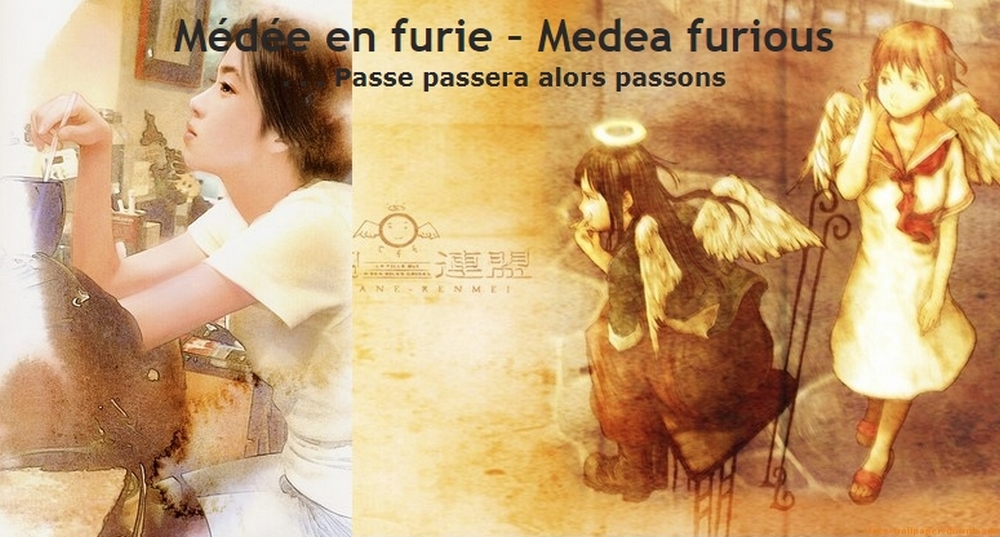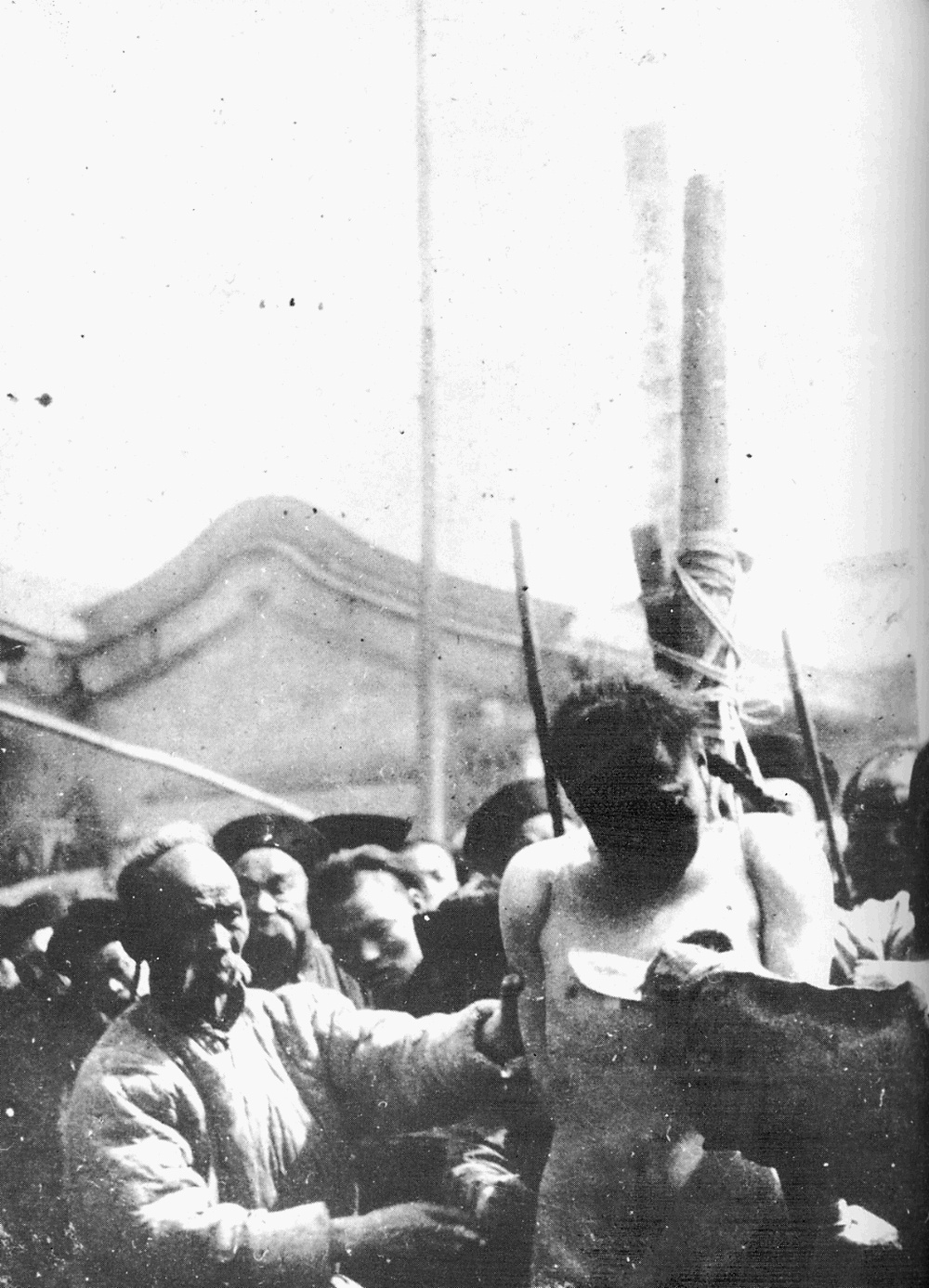Hiroshi Nonami et ses portraits de femmes rêvées – Hiroshi Nonami and his portraits of women dreamed

Hiroshi Nonami est un photographe japonais spécialisé dans les portraits de femmes. Mais pas n’importe quelles femmes, ses femmes habitent des mondes oniriques, ce sont des femmes végétales, des femmes minérales, des femmes irréelles; les femmes de nos rêves. Hiroshi Nonami is a Japanese photographer who specializes in…




